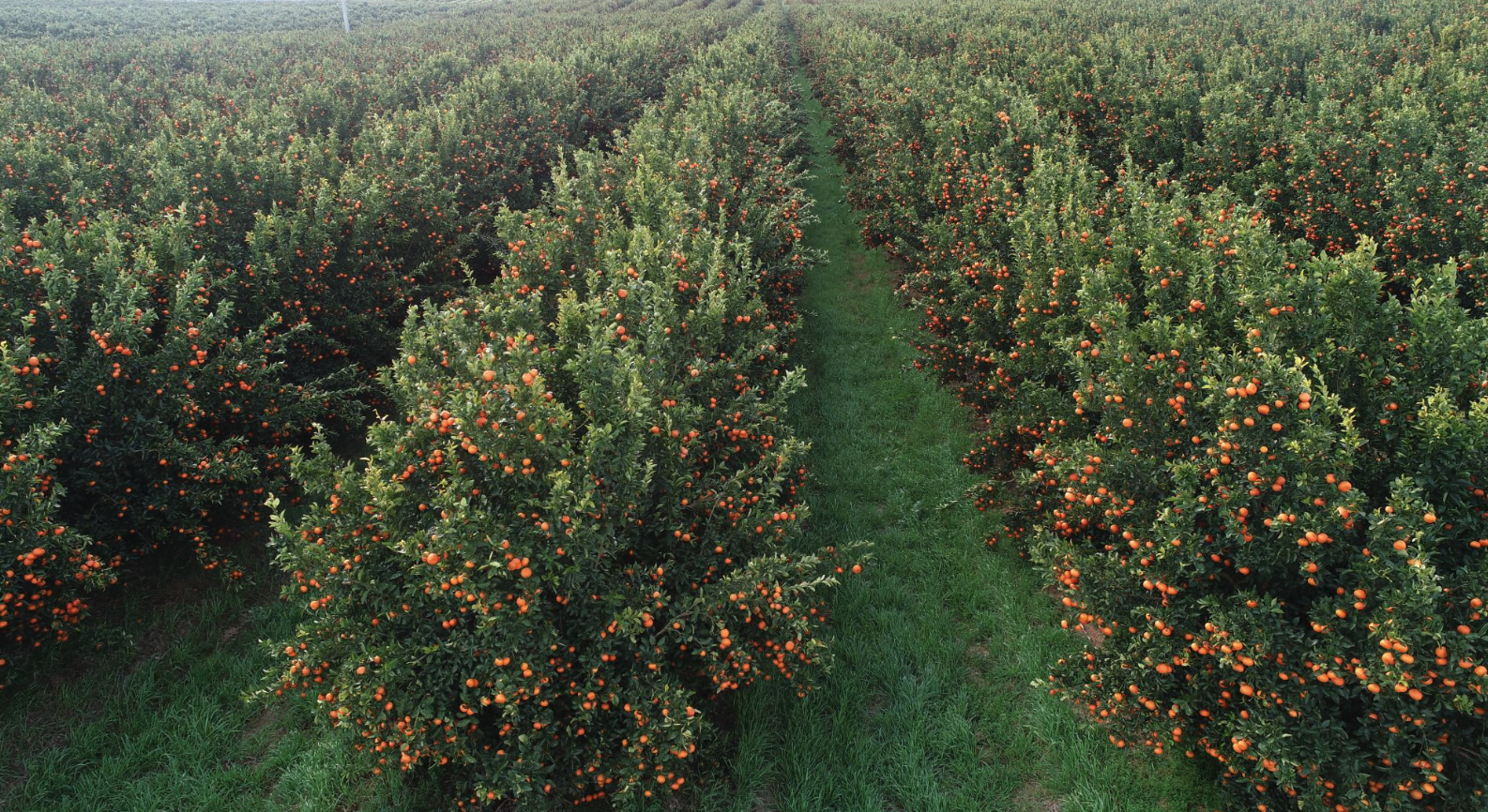Welcome to the Agriculture Capital (AC) Mindset’s Climate Solutions Investing Primer, where we offer a point of view on the fundamental principles behind carbon markets. AC is focused on speeding the transition from conventional to regenerative farming with a focus on high quality carbon credits. To do that, we are addressing six key carbon credit quality indicators.
- Leakage
- Permanence
- Additionality
- Upsides
- Exclusivity
- Quantification
Additionality
The concept of “additionality” is a crucial requirement for carbon offset projects to be considered legitimate. It means that the greenhouse gas (GHG) emissions reductions achieved by a project must be incremental to what would have occurred in the absence of the project. In other words, the project must result in a net positive impact on greenhouse gas emissions relative to a status quo.
Most carbon offset projects registered under internationally recognized GHG project standards, such as the Verra Verified Carbon Standard, Climate Action Reserve, Gold Standard, American Carbon Registry, Climate Action Reserve, and the United Nations Clean Development Mechanism, follow specific guidelines and protocols to assess and demonstrate additionality. A carbon credit certified by these blue-chip standards bodies is the result of rigorous analysis of an individual project’s characteristics and circumstances to validate additionality (and other quality factors). To help ensure the additionality of a carbon credit project, it is crucial to work with providers with track record and longevity.
Additionality Through Regenerative Agriculture
Specific regenerative practices and agronomic principles are outlined in leading carbon credit verification methodologies, and while the U.S. Department of Agriculture endorses regenerative practices, fewer than 1.5% of U.S. growers have implemented them. Regenerative farmers utilize established and increasingly innovative methods to take carbon from the atmosphere and put it back in the ground, and the tools now exist to ensure this carbon sequestration can be accurately measured and managed in perpetuity. Practices commonly used by regenerative growers are outlined in the table below.
Additionality can be shown on regeneratively managed farmland using side-by-side comparisons. Under this approach, a farmer puts aside a corner of the farm and farms it “conventionally,” while managing the rest of the farm regeneratively. Measuring soil carbon on both plots allows for a controlled study that demonstrates that regenerative practices do indeed sequester more carbon over time, even as carbon levels may rise and fall depending on external factors, such as precipitation, temperatures, or other variables beyond the farmer’s control.
Agriculture Capital began investing in regenerative agriculture strategies in 2014. Over the past decade transitioning conventional farmland to regenerative, AC’s efforts continue to achieve additional carbon sequestration and greenhouse gas emissions reductions. Our soil carbon sequestration track record is illustrated in our annual series of Regenerative Impact Reports, which we began publishing in 2016. Overall, we have averaged 4.4 metric tons of sequestered carbon per acre per year across the farms held in our first two funds.*
For further discussion of this topic, please see our Agriculture Capital Carbon webinar. Click the link to request the video.
* To normalize carbon sequestration performance, the single highest performing and single lowest performing farms were removed from the calculation; if they had been included, Agriculture Capital would have sequestered an average of 12.6 metric tons of CO2 per acre per year in its existing funds
